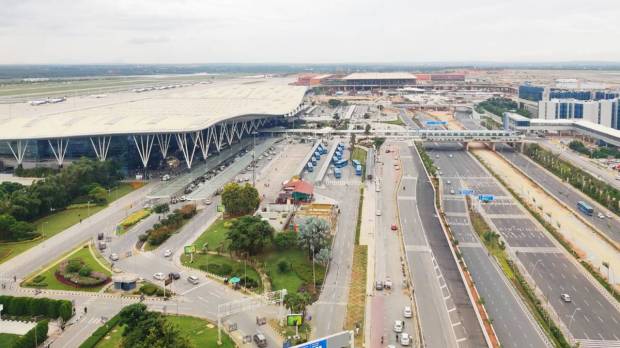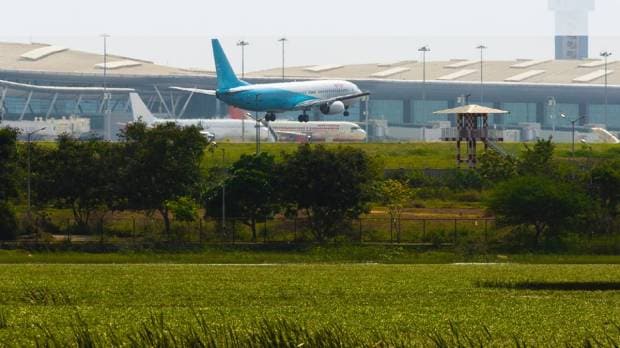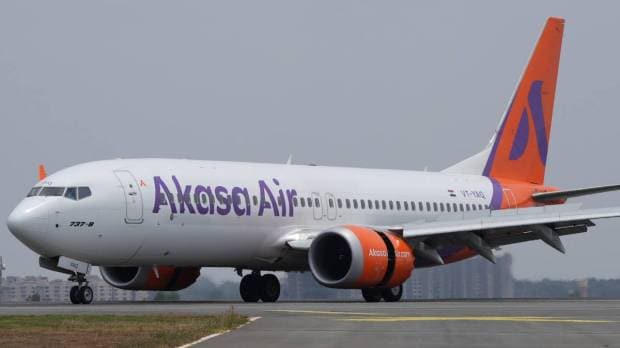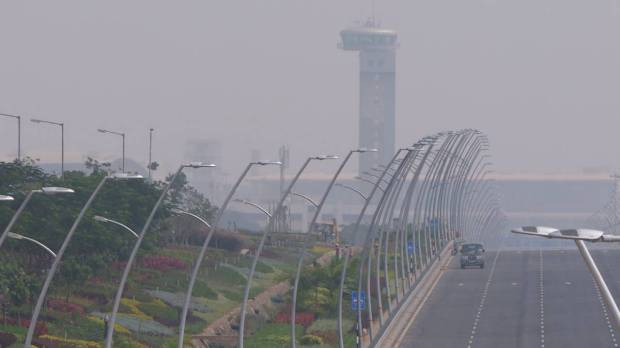Kempegowda International Airport, Bengaluru (BLR Airport), is dedicated to meticulously designed infrastructure and seamlessly orchestrated operations. Through a commitment to innovation and efficiency, BLR Airport has set new standards in airport infrastructure and operations. By integrating cutting-edge technologies with visionary strategies, Bangalore International Airport Limited (BIAL) aims to create an environment that not only meets current demands but also leads to unparalleled connectivity, operational excellence, and sustainability.

Sustainability and the road ahead for BLR Airport
In an exclusive interaction with Financial Express Online, Sridhar L Head – Environmental, Social & Governance (ESG) at Bangalore International Airport Limited (BIAL) said “recognising the potential impact of climate change on business activities, BIAL has taken proactive steps to identify related risks, including financial implications and other consequences. Climate change risk mitigation is a core element of BIAL’s Business Continuity Management policy. As a precautionary measure, BIAL is currently developing a model to identify critical environmental risks and formulate mitigation strategies as part of a comprehensive environmental management system.”

Acknowledging the reality of human-caused climate change as an immediate threat, BIAL is committed to addressing it in alignment with the objectives of the Paris Agreement. The approach to climate change mitigation includes:
- Achieving 100% renewable electricity consumption.
- Targeting zero Scope 2 carbon emissions.
- Promoting green-belt development across the airport to support climate change mitigation efforts.
- Striving to set industry benchmarks for sustainability.
- Supporting the United Nations Sustainable Development Goals.
- Implementing responsible resource consumption practices throughout operations.

CAT III B compliance – What is it?
CAT III B compliance signifies a high level of capability for aircraft operations in low visibility conditions. It enables airports to facilitate landings with a Runway Visual Range (RVR) less than 300 meters or even without any RVR limitations, minimizing the impact of extreme weather and foggy conditions. With this achievement, BIAL becomes the exclusive airport in South India with this capability, ensuring uninterrupted operations and enhanced safety, particularly during adverse weather conditions.
Sridhar emphasised that BIAL’s approach to sustainability is guided by its Sustainability Vision & Roadmap 2030. This roadmap outlines fundamental expectations and provides the foundation for developing and implementing management systems across its project sites.

BIAL acknowledges the substantial impact of the aviation industry on air quality and is dedicated to actively mitigating its effects. Through rigorous air quality monitoring, it closely observes key parameters such as NOx, SOx, PM, and CO2 at multiple points within its facility.
Belson Coutinho, Co-Founder and Chief Marketing & Experience Officer, Akasa Air said “Sustainability is deeply ingrained in Akasa Air’s core values. We are charting the route to greener skies with sustainability at the forefront. Our belief in a holistic and action-oriented approach has prompted us to introduce several initiatives to reduce environmental impact and offer passengers an all-round environmentally progressive travel experience since our inception. These include fuel-efficient engines, sustainably curated crew uniforms and eco-friendly inflight meal packaging. A key decision in our journey since inception, was to move away from the ceremonial water canon salutes at flight and route inaugurations in order to conserve water which has resulted in saving approximately 3,36,000 litres of water to date. We, at Akasa Air, are committed to continue to introduce many more initiatives and make impactful strides in this mission.”
BIAL’s sustainability vision aims to “touch lives by nurturing a sustainable future through initiatives that drive economic, social, and environmental transformation.” The sustainability roadmap is built upon six strategic pillars:
- Water Stewardship: Promoting responsible water consumption and replenishment, aiming for water positivity even considering future terminal expansion.
- Net Zero Emissions: Undertaking a science-based approach to reduce and sequester carbon emissions, striving for 100% renewable electricity consumption, and achieving zero Scope 1 and 2 emissions by 2030.
- Community Aligned Noise Management: Ensuring noise within the airport ecosystem is within permissible limits through initiatives like noise mapping surveys and collaboration with airlines.
- Sustainable Procurement: Incorporating social, environmental, and economic impact considerations in sourcing to support local economic development with minimal environmental impact.
- Circular Economy: Implementing a systematic approach to economic development to benefit businesses, society, and the environment, leading to resource efficiency.
- Sustainable Mobility: Achieving green and clean mobility solutions across the airport to minimize environmental impact and reduce carbon emissions through renewable electricity usage.

BIAL’s sustainability journey is marked by numerous accomplishments and commitments. The airport is dedicated to being a responsible corporate entity, sensitive to the environment and community. Its CSR initiatives focus on improving education, healthcare, and integrated development, serving as a role model for sustainable progress.
